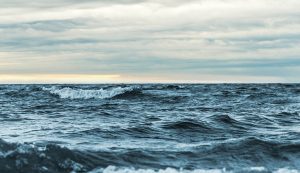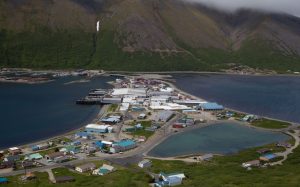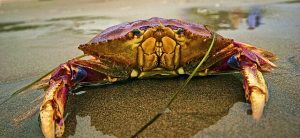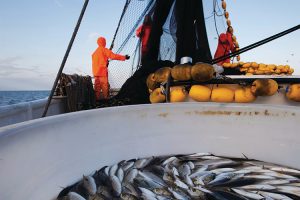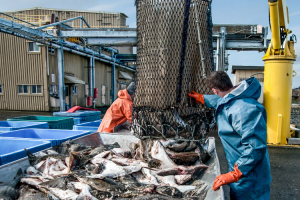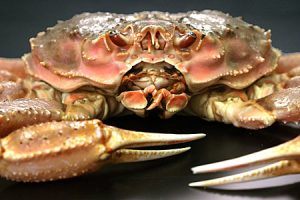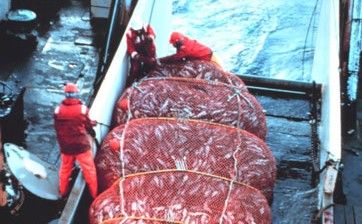Alaska Salmon Fishery 2024 Reports Sharp Declines in Catch and Value
 Alaska’s commercial salmon fishery experienced significant setbacks in 2024, with double-digit declines in both catch numbers and market value. According to preliminary figures released by the Alaska Department of Fish and Game (ADF&G), just over 101 million salmon were harvested across the state. This represents a 56% decrease compared to the more than 232 million salmon caught in 2023, marking one of the most dramatic year-over-year declines in recent history.
Alaska’s commercial salmon fishery experienced significant setbacks in 2024, with double-digit declines in both catch numbers and market value. According to preliminary figures released by the Alaska Department of Fish and Game (ADF&G), just over 101 million salmon were harvested across the state. This represents a 56% decrease compared to the more than 232 million salmon caught in 2023, marking one of the most dramatic year-over-year declines in recent history.
The decline in harvest volumes has been accompanied by a sharp drop in the fishery’s overall value. Fishermen collectively earned $304 million in 2024, down nearly 24% from the $398 million recorded in 2023. These figures underscore the economic challenges faced by Alaska’s fishing communities, many of which are heavily reliant on the health of the state’s salmon industry.
“Market conditions significantly impacted the pricing of salmon statewide and, consequently, the value of the harvest,” ADF&G noted in its summary.
 Maritime Injury Law Blog
Maritime Injury Law Blog



